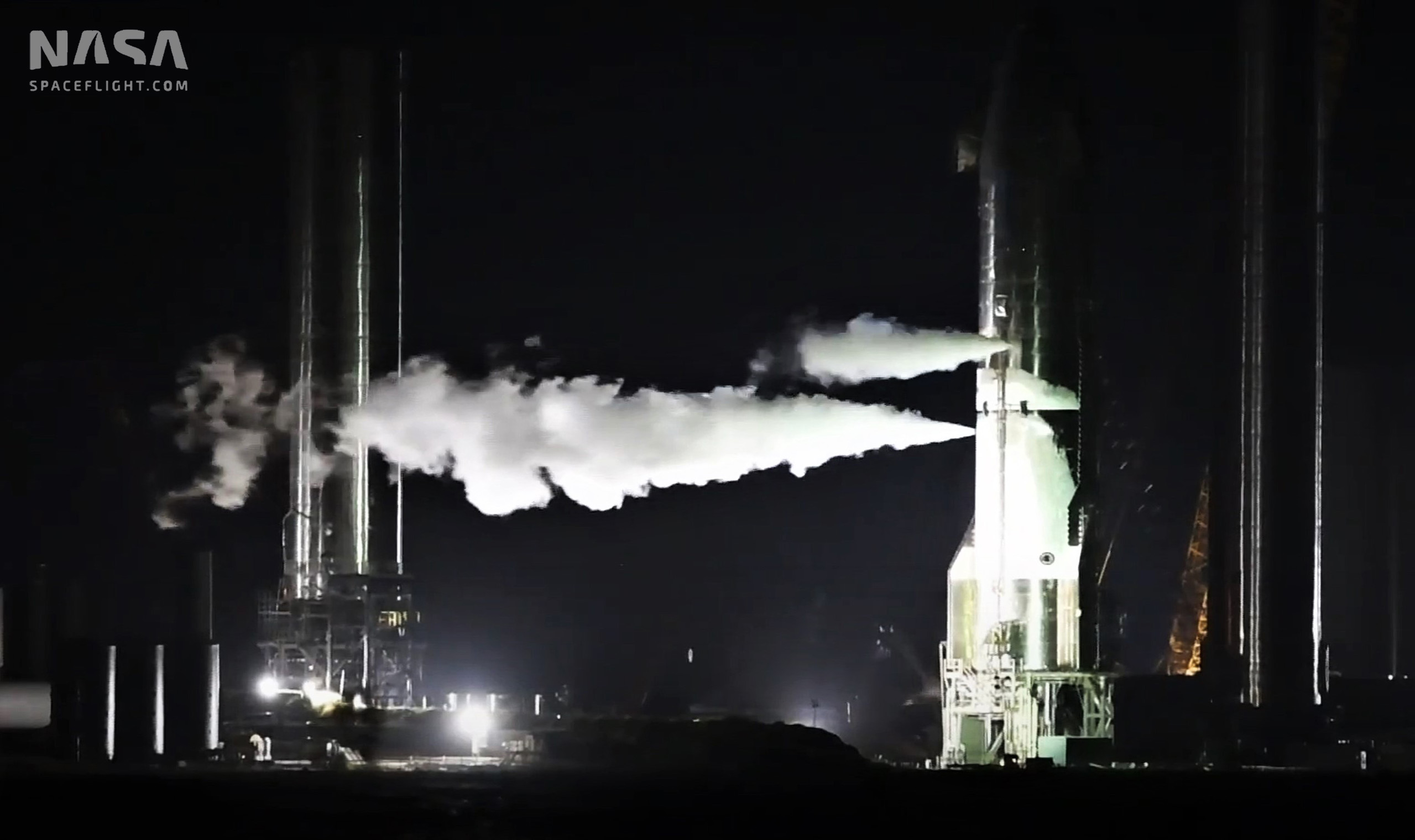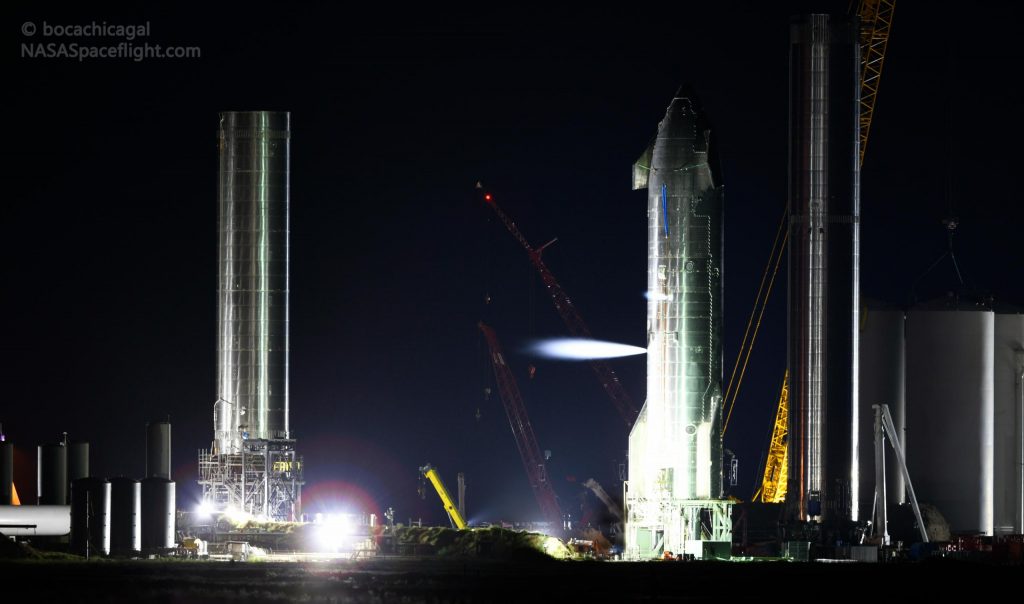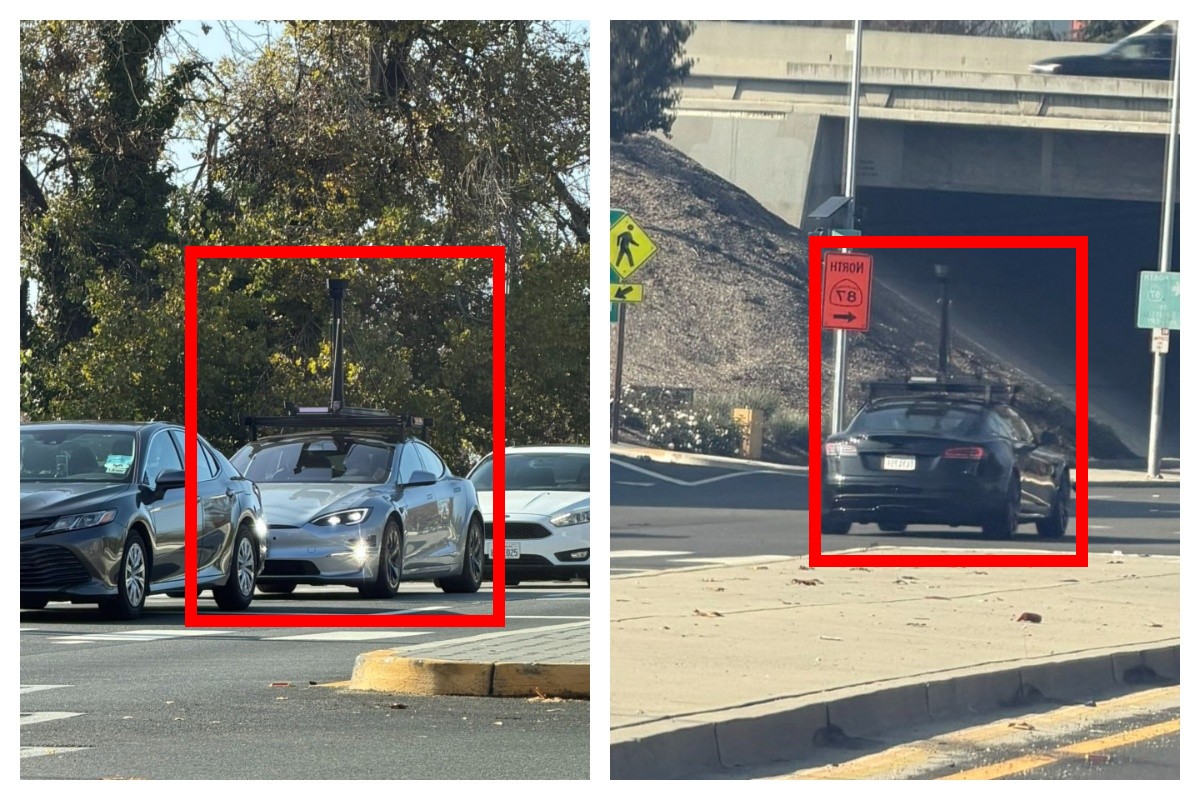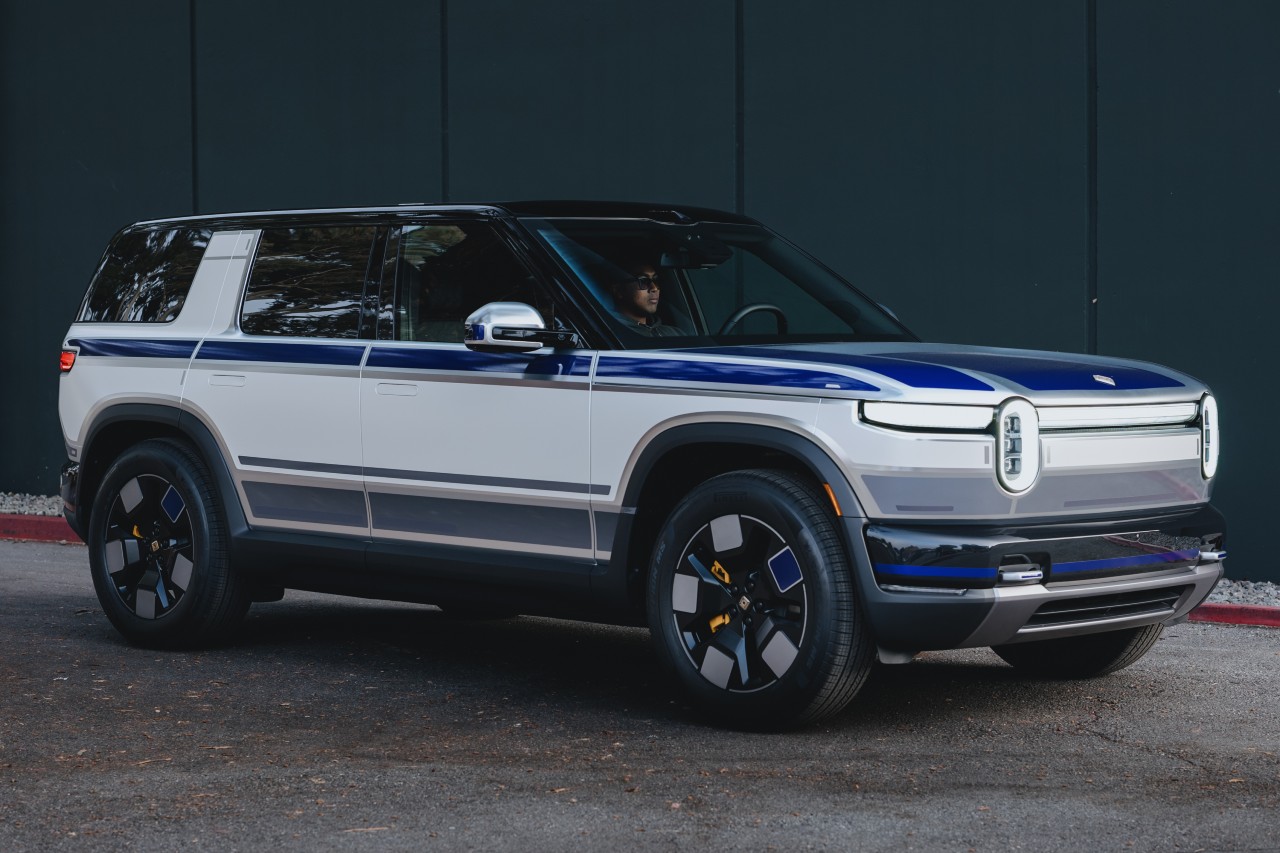

News
SpaceX’s orbital Starship prototype gets frosty during first successful ‘cryoproof’
For the first time, SpaceX has put the first orbital-class Starship – a prototype known as Ship 20 (S20) – through a routine cryogenic proof test, filling the rocket with several hundred tons of liquid nitrogen to simulate its explosive propellant.
While it’s impossible to jump to conclusions before members of the public can return to the pad to take photos or CEO Elon Musk takes to Twitter to discuss the results, Ship 20’s first ‘cryoproof’ appears to have been largely successful [Edit: Musk has confirmed that the test went well]. Relative to the almost three-dozen cryoproofs SpaceX has completed with more than a dozen other Starship, booster, and test tank prototypes over the last two years, though, Ship 20’s first major test still has some oddities.
Historically, every cryoproof of a full Starship prototype has been visually unique and virtually impossible to predict. Without any direct insight from SpaceX or Elon on the objectives, plan, or timeline of tests, the process of watching tests (via unofficial webcams, of course) and attempting to interpret why certain things look the way they do or what’s going on at any given moment is a bit trying to interpret eroded hieroglyphics.
At the most basic level, cryogenic tanking tests – whether with Starship, Super Heavy, or test tanks and liquid oxygen (LOx)/methane (LCH4) propellant or neutral liquid nitrogen (LN2) – are fairly simple. The vehicle is attached to pad systems, powered on, and partially or fully loaded with cryogenic fluids. Once the desired test objectives are achieved or attempted, the vehicle is then detanked (drained of propellant or LN2).
Thanks to the fact that they’re incredibly cold (-160 to -200C; -260 to -330F), the LOx/LCH4 or LN2 Starships are filled with quickly chill the thin steel tanks containing them. With no insulation to speak of, that supercooled steel then freezes water vapor out of the humid South Texas air, creating a layer of frost/ice that generally follows the level of the cryogenic liquids in Starship’s tanks. Throughout that process, those cryogenic liquids inevitably come into contact with ambient-temperature Starship tanks and plumbing (white-hot in comparison) and warm up, boiling off into gas as a result.
A gaseous chemical is far less dense than its liquid form, meaning that the pressure inside Starship’s fixed tanks can rapidly become unmanageable after even a small amount of boiloff. To maintain the correct tank pressures, Starship – like all other rockets – occasionally vents off the gas that forms. And thus, the two main methods of interpreting the hieroglyphics that are cryoproof tests: frost levels and venting.
Compared to earlier prototypes, Starship S20’s first cryoproof has been… unusual. Most notably, SpaceX began loading the rocket with liquid nitrogen around 8pm CDT. Its LOx (bottom) and CH4 (top) tanks were then slowly filled to around 30-50% of their full volume over the next hour. However, rather than detanking, SpaceX then partially drained the methane tank but filled the LOx tank further before leaving the LOx tank more or less fully filled for more than two hours, occasionally topping it off with fresh liquid nitrogen.
Then, almost four hours after LN2 loading began, Starship performed several massive vents. Ordinarily, given the hours of testing prior, those vents would have assuredly been detank vents – effectively depressurizing Starship’s tanks as they’re drained of fluid. However, those vents instead coincided with the rapid loading of one or several hundred more tons of LN2, seemingly topping off Starship S20 in the process. Around that point, it’s possible that SpaceX began the pressure testing portion of Ship 20’s cryoproof, (mostly) closing the rocket’s vents and allowing the pressure to gradually increase to flight levels (and maybe even higher).
Many, many months ago, when SpaceX was deep into cryoproofing the first full-size Starship prototypes, Musk revealed an operating pressure goal of 6 bar (~90 psi). Ships were eventually successfully tested above 8 bar (~115 psi), giving Starship a healthy ~30% safety margin. As the first orbital-class Starship prototype, Ship 20 likely needs to hit those tank pressures more so than any ship before it to have a shot at surviving its orbital launch debut and orbital-velocity reentry attempt.

Beyond the basics of cryoproofing, Starship S20 also marked a crucial step forward on September 29th/30th, becoming the first ship to complete a cryoproof test with a full heat shield installed. While it’s impossible to judge exactly how well S20’s ~15,000-tile heat shield performed, views from public webcams showed no obvious signs of tiles shattering and falling off as Starship repeatedly cooled and warmed – contracting and expanding as a result. Additionally, still in contact with the air, the steel tank skin under a majority of Ship 20’s tiles would have likely covered itself in a layer of frost and ice, but the heat shield appeared to handle that invisible change without issue.
It’s possible that dozens or hundreds of tiles bumped together and chipped or cracked in a manner too subtle to be visible on LabPadre or NASASpaceflight webcasts, but that can only be confirmed or denied when the road reopens and local photographers can capture higher-resolution views of Starship. For now, it appears that Ship 20’s first cryoproof was highly successful, hopefully opening the door for Raptor installation and static fire testing in the near future. Stay tuned for more!
Update: As is almost tradition by now, SpaceX CEO Elon Musk didn’t take long to tweet about the results of Starship S20’s first cryoproof, confirming that the “proof was good!”

News
Tesla hints toward Premium Robotaxi offering with Model S testing
Why Tesla has chosen to use a couple of Model S units must have a reason; the company is calculated in its engineering and data collection efforts, so this is definitely more than “we just felt like giving our drivers a change of scenery.”

Tesla Model S vehicles were spotted performing validation testing with LiDAR rigs in California today, a pretty big switch-up compared to what we are used to seeing on the roads.
Tesla utilizes the Model Y crossover for its Robotaxi fleet. It is adequately sized, the most popular vehicle in its lineup, and is suitable for a wide variety of applications. It provides enough luxury for a single rider, but enough room for several passengers, if needed.
However, the testing has seemingly expanded to one of Tesla’s premium flagship offerings, as the Model S was spotted with the validation equipment that is seen entirely with Model Y vehicles. We have written several articles on Robotaxi testing mules being spotted across the United States, but this is a first:
🚨 Tesla is using Model S vehicles fitted with LiDAR rigs to validate FSD and Robotaxi, differing from the Model Ys that it uses typically
Those Model Y vehicles have been on the East Coast for some time. These Model S cars were spotted in California https://t.co/CN9Bw5Wma8 pic.twitter.com/UE55hx5mdd
— TESLARATI (@Teslarati) December 11, 2025
Why Tesla has chosen to use a couple of Model S units must have a reason; the company is calculated in its engineering and data collection efforts, so this is definitely more than “we just felt like giving our drivers a change of scenery.”
It seems to hint that Tesla could add a premium, more luxury offering to its Robotaxi platform eventually. Think about it: Uber has Uber Black, Lyft has Lyft Black. These vehicles and services are associated with a more premium cost as they combine luxury models with more catered transportation options.
Tesla could be testing the waters here, and it could be thinking of adding the Model S to its fleet of ride-hailing vehicles.
Reluctant to remove the Model S from its production plans completely despite its low volume contributions to the overall mission of transitioning the world to sustainable energy, the flagship sedan has always meant something. CEO Elon Musk referred to it, along with its sibling Model X, as continuing on production lines due to “sentimental reasons.”
However, its purpose might have been expanded to justify keeping it around, and why not? It is a cozy, premium offering, and it would be great for those who want a little more luxury and are willing to pay a few extra dollars.
Of course, none of this is even close to confirmed. However, it is reasonable to speculate that the Model S could be a potential addition to the Robotaxi fleet. It’s capable of all the same things the Model Y is, but with more luxuriousness, and it could be the perfect addition to the futuristic fleet.
News
Rivian unveils self-driving chip and autonomy plans to compete with Tesla
Rivian, a mainstay in the world of electric vehicle startups, said it plans to roll out an Autonomy+ subscription and one-time purchase program, priced at $49.99 per month and $2,500 up front, respectively, for access to its self-driving suite.

Rivian unveiled its self-driving chip and autonomy plans to compete with Tesla and others at its AI and Autonomy Day on Thursday in Palo Alto, California.
Rivian, a mainstay in the world of electric vehicle startups, said it plans to roll out an Autonomy+ subscription and one-time purchase program, priced at $49.99 per month and $2,500 up front, respectively, for access to its self-driving suite.
CEO RJ Scaringe said it will learn and become more confident and robust as more miles are driven and it gathers more data. This is what Tesla uses through a neural network, as it uses deep learning to improve with every mile traveled.
He said:
“I couldn’t be more excited for the work our teams are driving in autonomy and AI. Our updated hardware platform, which includes our in-house 1600 sparse TOPS inference chip, will enable us to achieve dramatic progress in self-driving to ultimately deliver on our goal of delivering L4. This represents an inflection point for the ownership experience – ultimately being able to give customers their time back when in the car.”
At first, Rivian plans to offer the service to personally-owned vehicles, and not operate as a ride-hailing service. However, ride-sharing is in the plans for the future, he said:
“While our initial focus will be on personally owned vehicles, which today represent a vast majority of the miles to the United States, this also enables us to pursue opportunities in the rideshare space.”
The Hardware
Rivian is not using a vision-only approach as Tesla does, and instead will rely on 11 cameras, five radar sensors, and a single LiDAR that will face forward.
It is also developing a chip in-house, which will be manufactured by TSMC, a supplier of Tesla’s as well. The chip will be known as RAP1 and will be about 50 times as powerful as the chip that is currently in Rivian vehicles. It will also do more than 800 trillion calculations every second.
Meet the Rivian Autonomy Processor.
Fast, smart, scalable and purpose-built for autonomous driving and the world of physical AI. Hitting the open road in 2026. pic.twitter.com/0wYXi5WKy7
— Rivian (@Rivian) December 11, 2025
RAP1 powers the Autonomy Compute Module 3, known as ACM3, which is Rivian’s third-generation autonomy computer.
ACM3 specs include:
- 1600 sparse INT8 TOPS (Trillion Operations Per Second).
- The processing power of 5 billion pixels per second.
- RAP1 features RivLink, a low-latency interconnect technology allowing chips to be connected to multiply processing power, making it inherently extensible.
- RAP1 is enabled by an in-house developed AI compiler and platform software
As far as LiDAR, Rivian plans to use it in forthcoming R2 cars to enable SAE Level 4 automated driving, which would allow people to sit in the back and, according to the agency’s ratings, “will not require you to take over driving.”
More Details
Rivian said it will also roll out advancements to the second-generation R1 vehicles in the near term with the addition of UHF, or Universal Hands-Free, which will be available on over 3.5 million miles of roadway in the U.S. and Canada.
More than any other feature, our owners have asked for more hands-free miles.
With Universal Hands-Free, you can now enjoy hands-free assisted driving on any road with clearly defined lanes. That’s roughly 3.5 million miles in the U.S. and Canada.
Look for it in our next… pic.twitter.com/ZFhwVzvt6b
— Rivian (@Rivian) December 11, 2025
Rivian will now join the competitive ranks with Tesla, Waymo, Zoox, and others, who are all in the race for autonomy.
News
Tesla partners with Lemonade for new insurance program
Tesla recently was offered “almost free” coverage for Full Self-Driving by Lemonade’s Shai Wininger, President and Co-founder, who said it would be “happy to explore insuring Tesla FSD miles for (almost) free.”

Tesla owners in California, Oregon, and Arizona can now use Lemonade Insurance, the firm that recently said it could cover Full Self-Driving miles for “almost free.”
Lemonade, which offered the new service through its app, has three distinct advantages, it says:
- Direct Connection for no telematics device needed
- Better customer service
- Smarter pricing
The company is known for offering unique, fee-based insurance rates through AI, and instead of keeping unclaimed premiums, it offers coverage through a flat free upfront. The leftover funds are donated to charities by its policyholders.
On Thursday, it announced that cars in three states would be able to be connected directly to the car through its smartphone app, enabling easier access to insurance factors through telematics:
Lemonade customers who own @Tesla vehicles in California, Oregon, and Arizona can now connect their cars directly to the Lemonade app! ⚡🚘
Direct connection = no telematics device needed 📵
Better customer experience 💃
Smarter pricing with Lemonade 🧠This is a game-changer… pic.twitter.com/jbabxZWT4t
— Lemonade (@Lemonade_Inc) December 11, 2025
Tesla recently was offered “almost free” coverage for Full Self-Driving by Lemonade’s Shai Wininger, President and Co-founder, who said it would be “happy to explore insuring Tesla FSD miles for (almost) free.”
The strategy would be one of the most unique, as it would provide Tesla drivers with stable, accurate, and consistent insurance rates, while also incentivizing owners to utilize Full Self-Driving for their travel miles.
Tesla Full Self-Driving gets an offer to be insured for ‘almost free’
This would make FSD more cost-effective for owners and contribute to the company’s data collection efforts.
Data also backs Tesla Full Self-Driving’s advantages as a safety net for drivers. Recent figures indicate it was nine times less likely to be in an accident compared to the national average, registering an accident every 6.36 million miles. The NHTSA says a crash occurs approximately every 702,000 miles.
Tesla also offers its own in-house insurance program, which is currently offered in twelve states so far. The company is attempting to enter more areas of the U.S., with recent filings indicating the company wants to enter Florida and offer insurance to drivers in that state.








